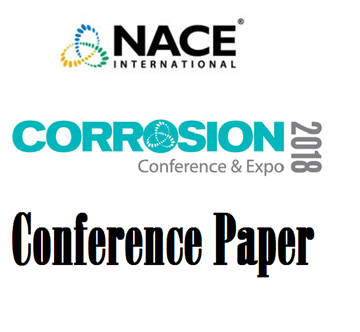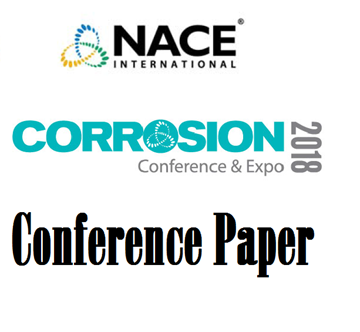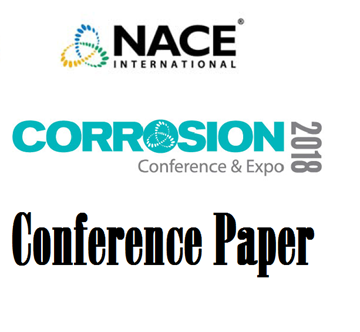Search
51317-9230- Study on Ferrite Content and Hardness of Thick-Wall 22% Cr Duplex Stainless Steel Welded Joints
Also Purchased
51318-10634-Study on Ferrite Measurement Methods for Duplex Stainless Steel Welds
Product Number:
51318-10634-SG
Publication Date:
2018
$20.00
51318-11022-Case Study: Solving the Puzzle of 10inch Duplex Stainless Steel Flowline Weld Failure
Product Number:
51318-11022-SG
Publication Date:
2018
$20.00
51318-10512-Effects of nitride precipitation in duplex stainless steel
Product Number:
51318-10512-SG
Publication Date:
2018
$20.00




